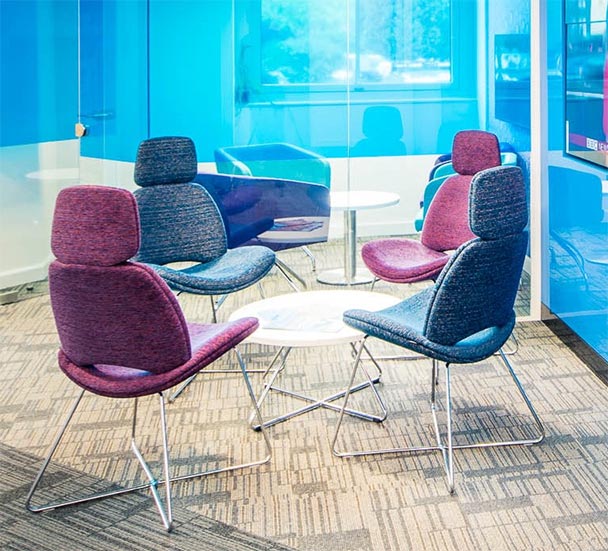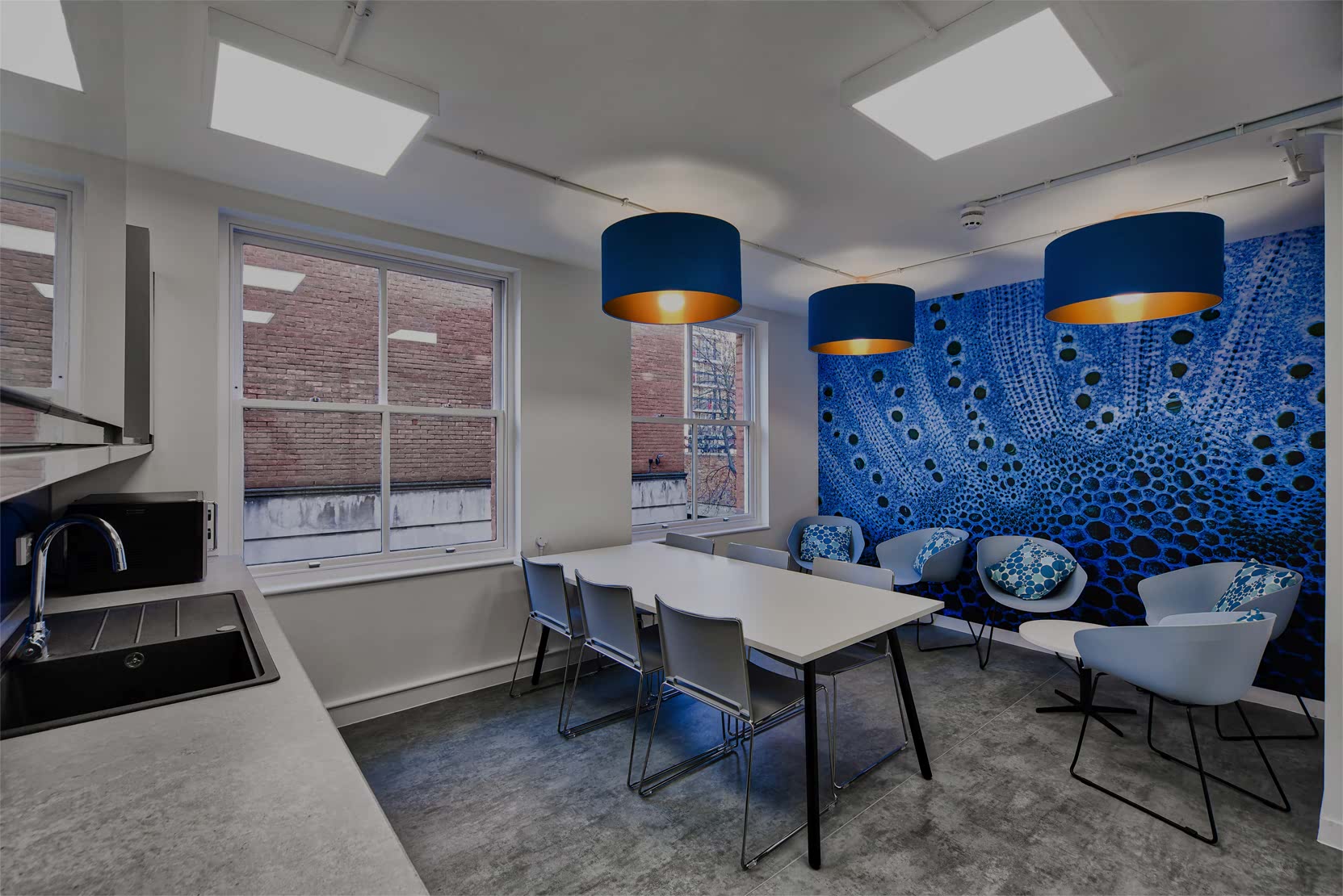
Key Questions You Should Ask of a Commercial Fit Out Company Before You Work Together
Continue Reading

Why activity based working is the right solution for you
Continue Reading

Changing workplace strategies confirm importance of wellness, technology and productivity
Continue Reading

A four hundred year old colour guide that proves there is nothing new under the Sun
Continue Reading

Workplace design, corporate identity and the war for talent
Continue Reading

How global office design trends adapt themselves to local needs
Continue Reading

Placing people at the heart of workplace design
Continue Reading
